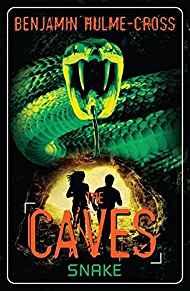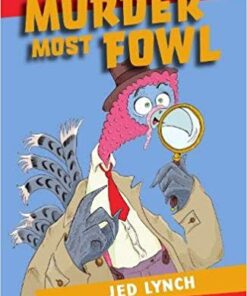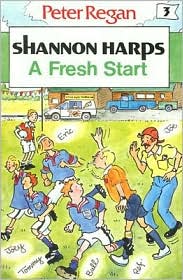-
×
 Fantastically Great Women Who Worked Wonders
1 × €8.50
Fantastically Great Women Who Worked Wonders
1 × €8.50 -
×
 Fantastically Great Women Who Changed The World
1 × €8.50
Fantastically Great Women Who Changed The World
1 × €8.50 -
×
 The Lost Diary of Sami Star
2 × €9.99
The Lost Diary of Sami Star
2 × €9.99 -
×
 The Caves: Snake: The Caves 6
1 × €6.00
The Caves: Snake: The Caves 6
1 × €6.00
Subtotal: €42.98

 Fantastically Great Women Who Worked Wonders
Fantastically Great Women Who Worked Wonders  Fantastically Great Women Who Changed The World
Fantastically Great Women Who Changed The World  The Caves: Snake: The Caves 6
The Caves: Snake: The Caves 6 








